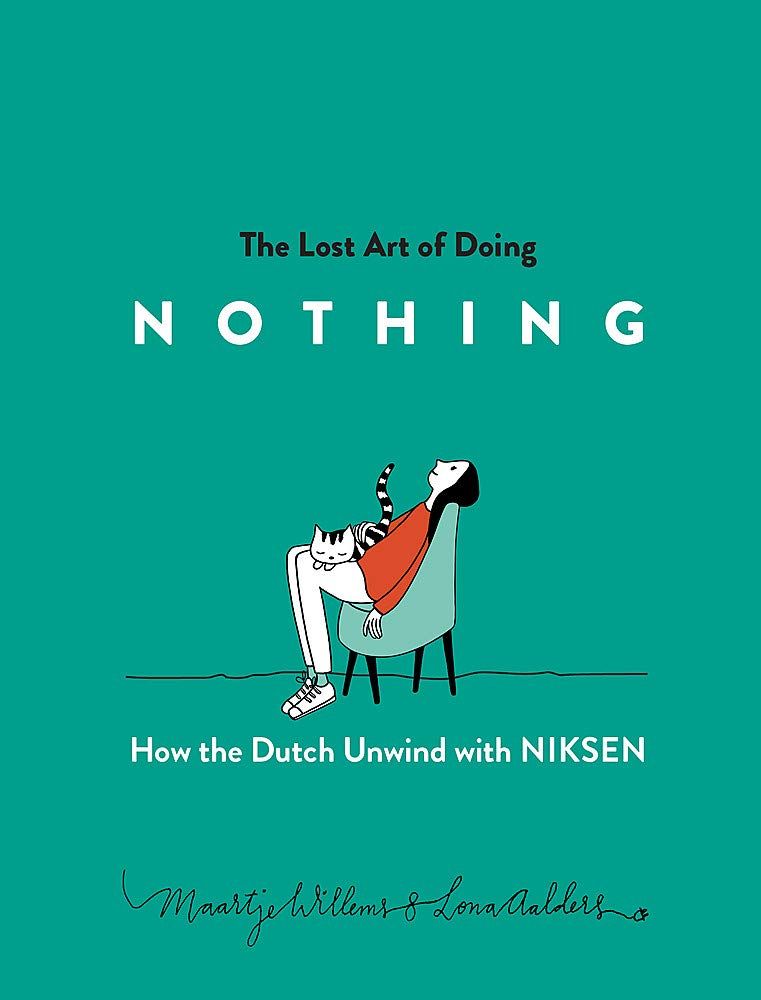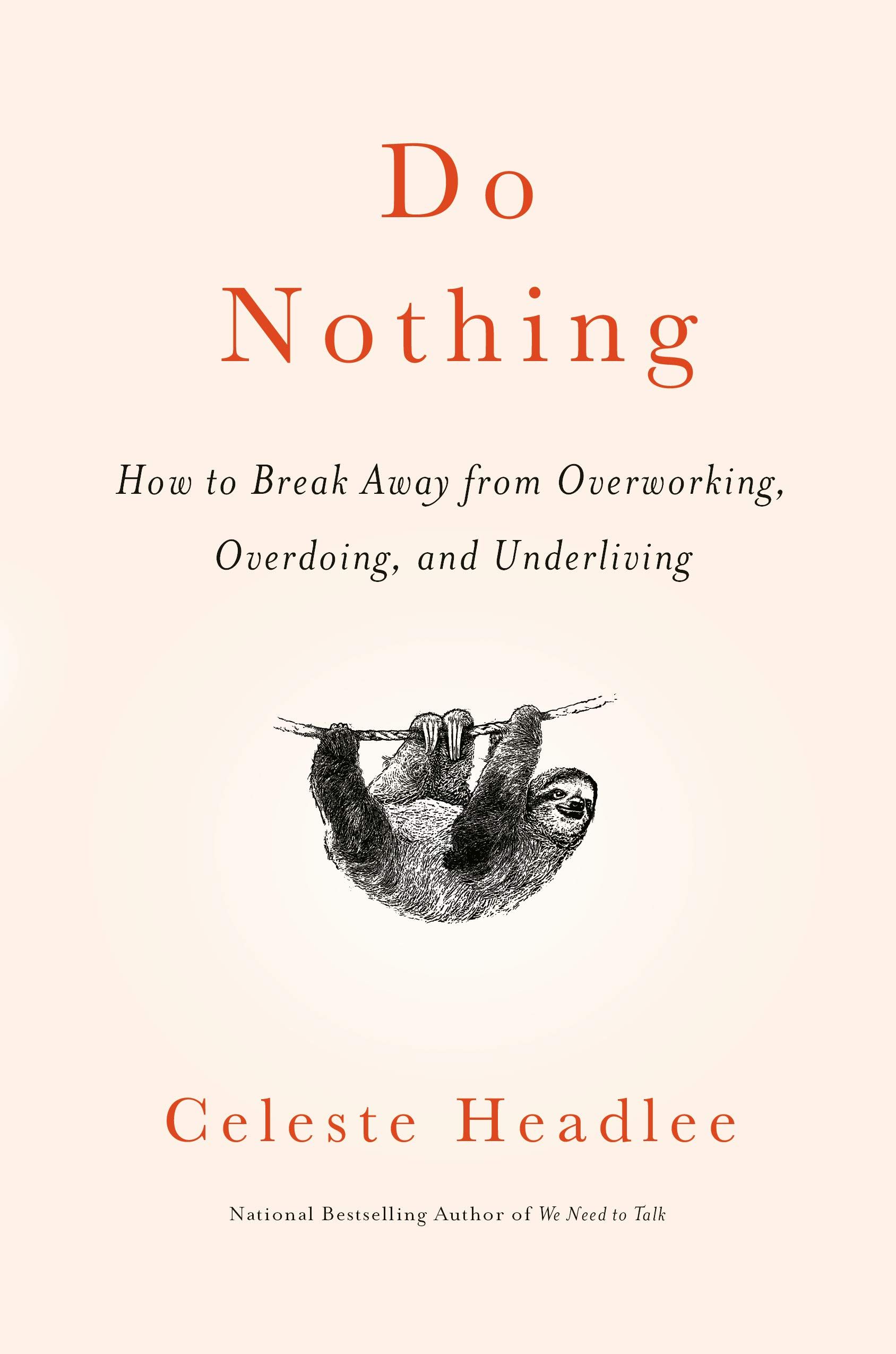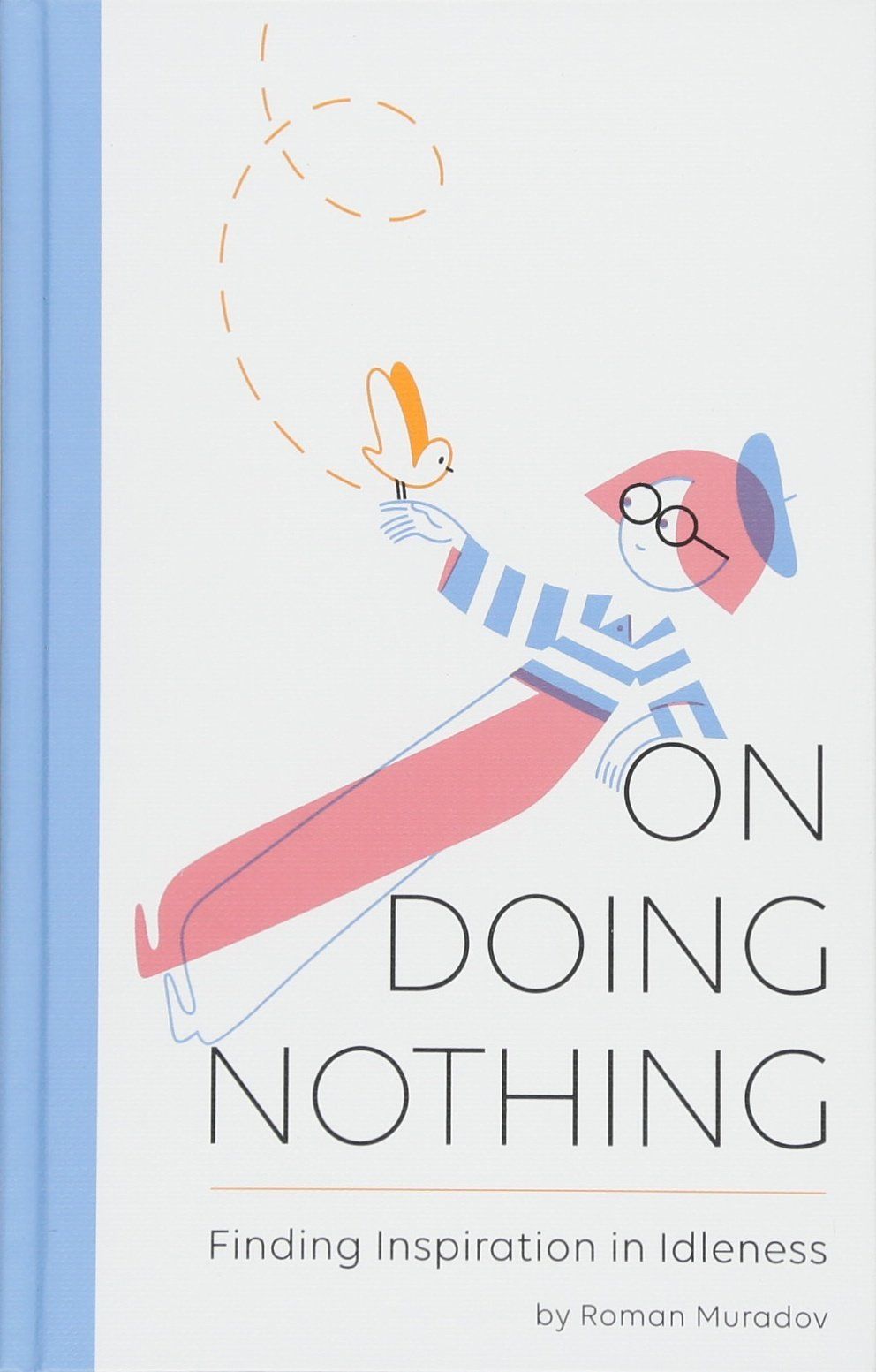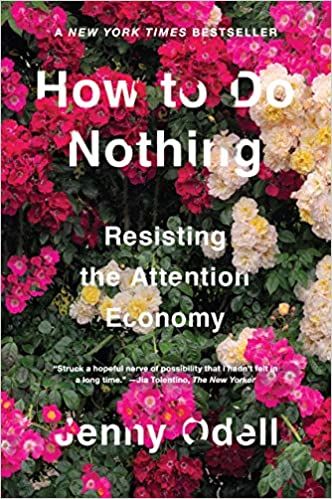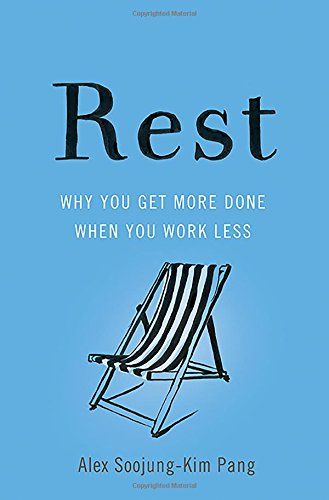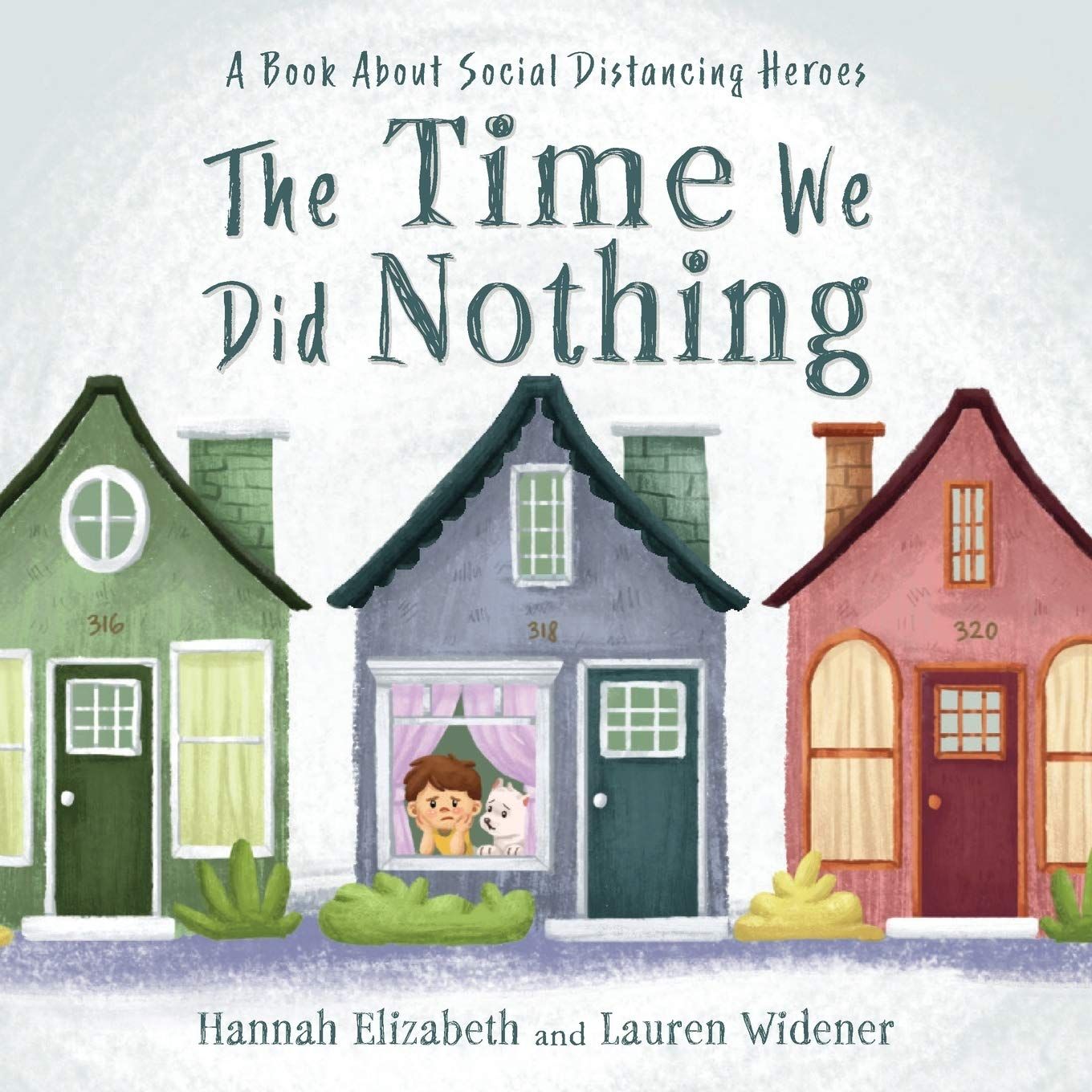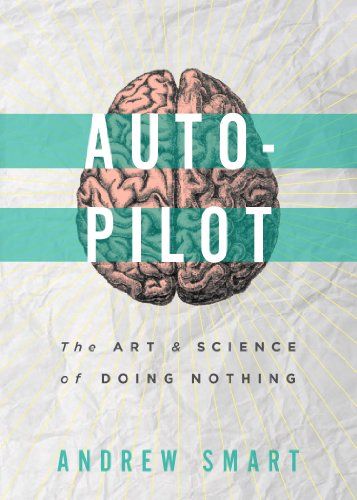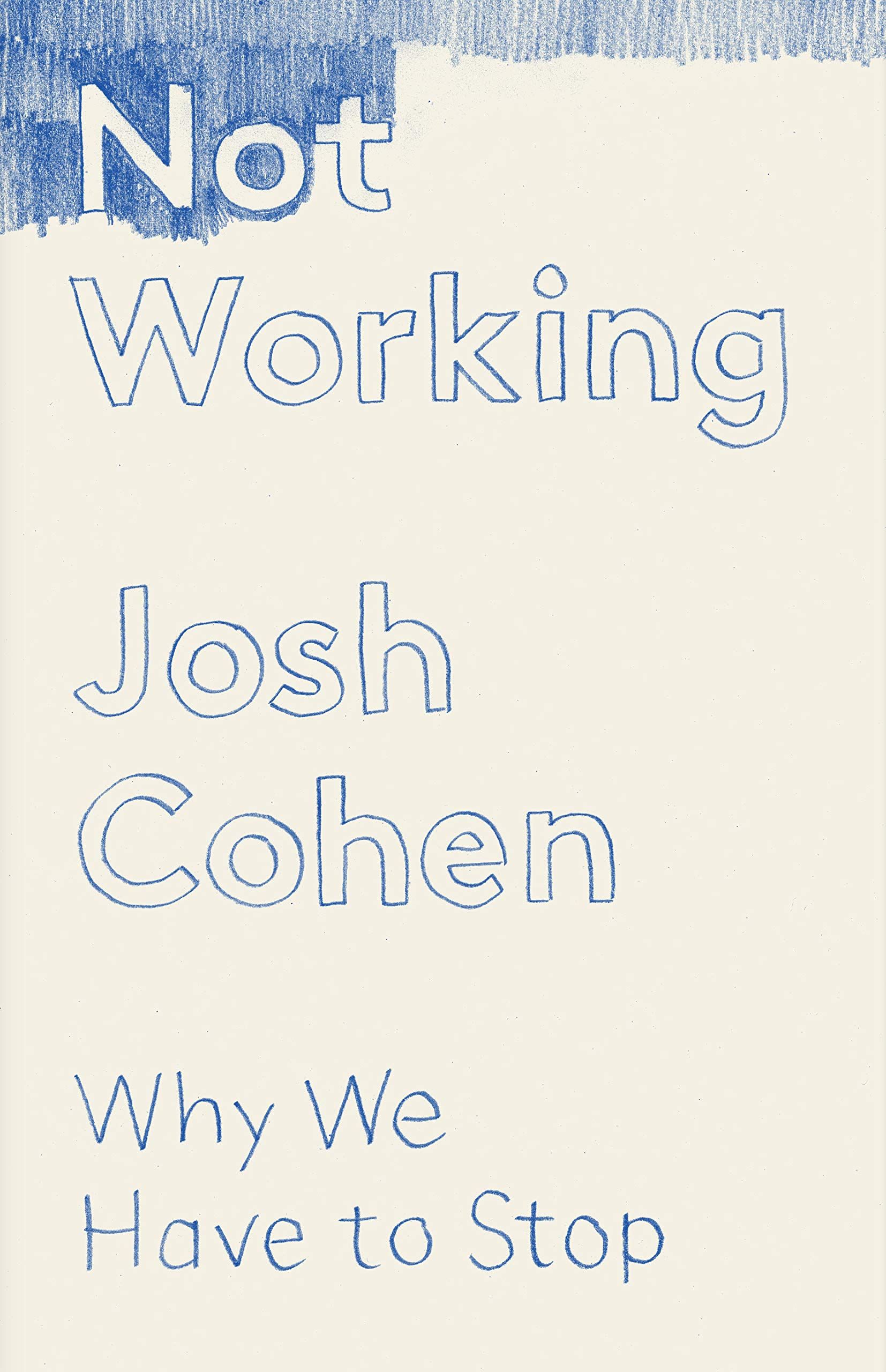It can be hard to break out of the patterns of overworking because so much around us fuels and rewards it. We are supposed to work more, earn more and want more, right? We don’t have to. Not many people are telling us that because slowing down isn’t good for the economy. What’s worse is that rest is actively looked down upon. People seen taking multiple breaks or not going the extra mile for work can be termed “lazy.” It can also make the person doing so feel guilty or like an underachiever. So is there a way to break free from hustle culture? Absolutely! We can start by doing nothing. Sounds easy enough, right? Except it’s not. Doing nothing for prolonged periods of time in a world full of distractions can be incredibly hard. But we can hear from and learn from people who have mastered this art. So here’s a list of books about doing nothing to guide your journey of rest and relaxation. The irony of asking you to do something in order to eventually do nothing isn’t lost on me! But in the spirt of trying new things this new year, I hope you try checking out some of these books about the sweet joy of doing nothing. In the spirit of learning to do nothing, you can also check out these articles: How To Do Nothing: The Case For Rereading Books and 8 of The Best New Self-Care Books To Prioritize Yourself. Doing nothing should happen organically without us even realising it. But this can be challenging task in our fast-paced routines. We might need to actively try to do nothing in order to get to place where we can do so naturally. This compact book builds a case of why we should do nothing and how to get started. It has beautiful, soothing illustrations that make us feel calm and light. It also introduced me to the term “JOMO” that stands for the joy of missing out (here to replace sad old FOMO). I have experienced JOMO multiple times and I’m glad to have a term for it. Do Nothing asks us to actively make space and time for slowing down. It urges us to add leisure to our busy schedules and savour our time when we do activities we enjoy. She tries to tell us that our lives are more than just about maximizing our efficiency. There’s a lot of elements that make our lives rich and full, and actively slowing down from time to time makes us recognise and appreciate them. Muradov writes in the introduction, “There is no reason to do nothing. But then, there is no reason to fall in love, or gather autumn leaves. Life reveals itself most fulsomely in gaps and intermissions.” To me, that’s as good an argument as any to do my own version of absolutely nada! The title of this book, however, can be misleading. This book is not a how-to guide. It just increases our awareness of the forces involved that keep pulling us back to our screens, and everything we miss out on in the process. The knowledge of these things can put us in the space where we’re more willing to step away from technology from time to time. How we do so is largely left for us to decide. As beautiful as I find those lines, this book asks us to explore the woods. It tells us we do not need to go on for miles before we rest. It makes a practical case for how rest only adds to our work instead of taking away from it. It talks about how our brains process and deepen connections while we sleep, and how this is essential to working better. It also explores different activities that make us feel truly rested. Reading this book can help us embrace idleness and make more time for it.
